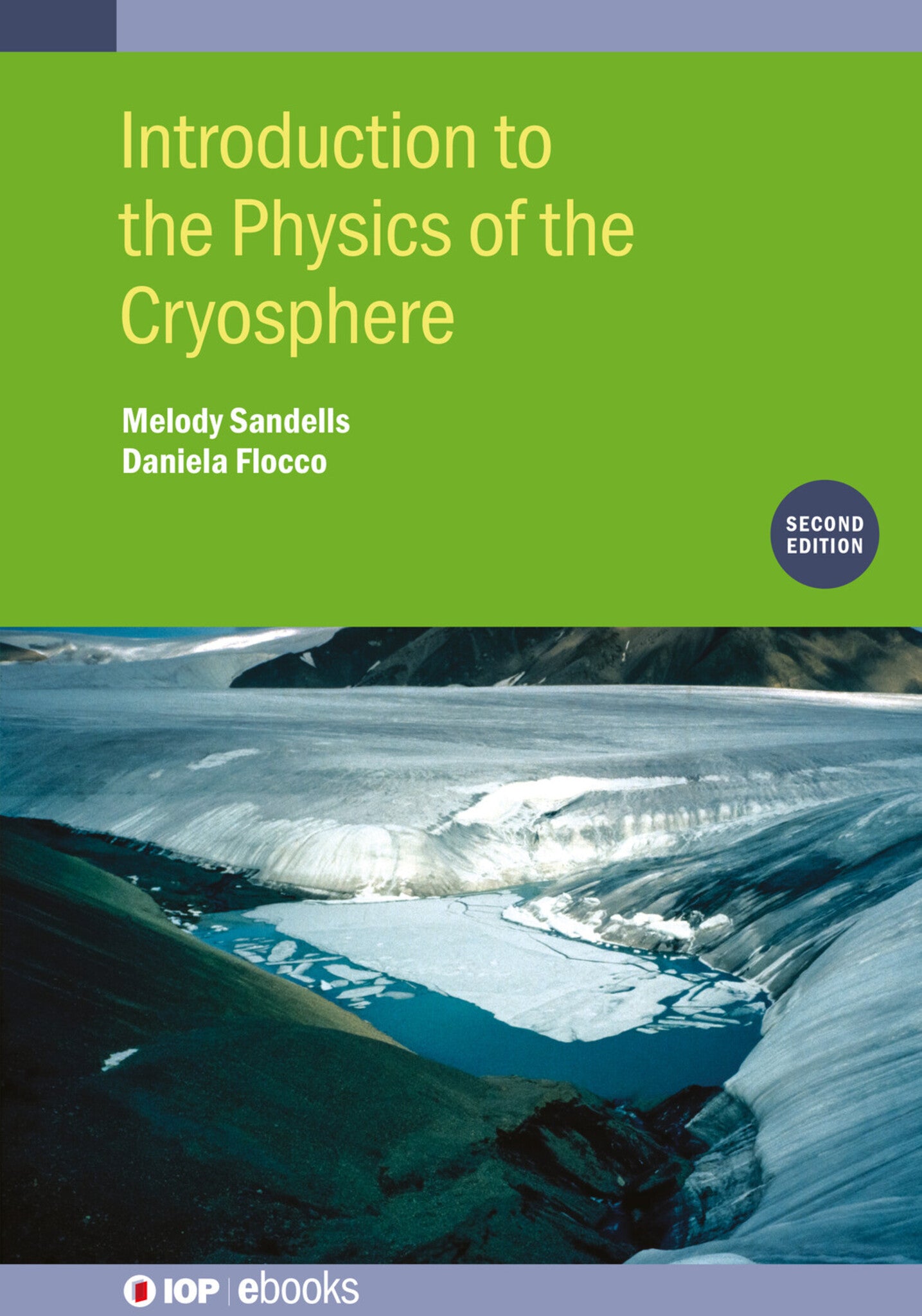We're sorry. An error has occurred
Please cancel or retry.
Introduction to the Physics of the Cryosphere (Second Edition)

Some error occured while loading the Quick View. Please close the Quick View and try reloading the page.
Couldn't load pickup availability
- Format:
-
23 December 2022

This second edition defines different parts of the cryosphere including: permafrost, snow, land ice, sea ice, ocean, atmosphere and covers numerical modelling of thermodynamic exchanges: conservation of mass, energy, and momentum. It explores the physical basis behind phenomena such as formation of stone circles from melt-freeze processes, snow crystal formation and pressure-melting of glaciers. As an engaging course text for students, it discusses the contribution of melt to sea level rise and explains terms used commonly in the literature.
This book is intended for graduates with a numerical sciences background, particularly those who are heading towards postgraduate study or are generally interested in environmental physics.
Key Features
- Explains basic physics underpinning research topics
- Provides broad understanding of the fundamental cryospheric components
- Demonstrates how remote sensing measurements are interpreted and used to monitor the cryosphere
- Describes the importance of the cryosphere within the global ocean and its relationship with the climate
- Explains observed phenomena supported by many photos, illustrations, links to other reading material and videos

SCIENCE / Earth Sciences / Oceanography, Oceanography (seas and oceans), SCIENCE / Environmental Science, SCIENCE / Earth Sciences / Meteorology & Climatology, Meteorology and climatology, Atmospheric physics

“In summary it is a wide ranging potentially excellent text from two exciting research scientists.”- Professor Mark Brandon, The Open University
1 Observing the Cryosphere
2 Basic Physics
3 Permafrost and Periglacial Environments
4 Snow
5 Land Ice
6 Sea Ice
7 High latitudes processes
8 Thoughts For The Future



